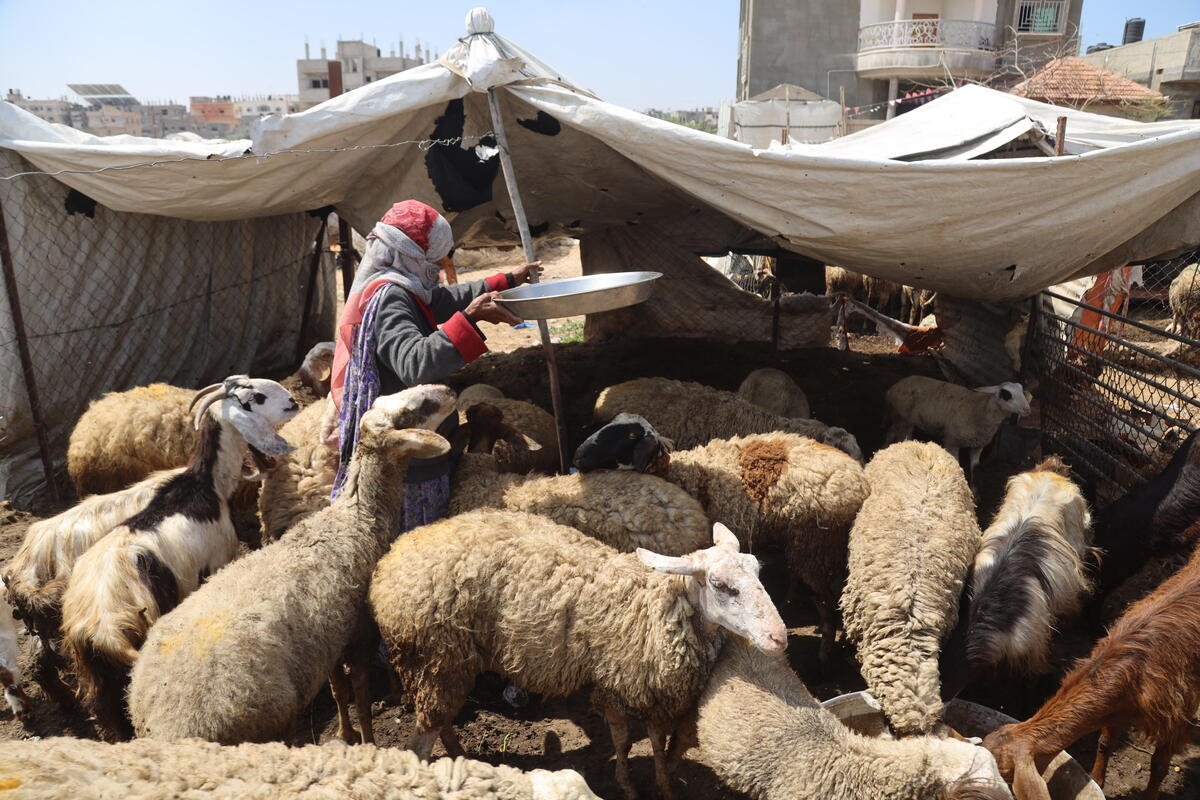Inside BENEO’s new pulse plant: pioneering sustainable protein from faba beans
New analysis reveals that almost the entire population is facing high levels of acute food insecurity with 1 in 5 Gazans being on the verge of famine
The Food and Agriculture Organization of the United Nations (FAO) raises alarm over the high risk of famine across the whole Gaza Strip, as long as the conflict continues, and sustained and at-scale humanitarian access is restricted, according to a new report published by the Integrated Food Security Phase Classification (IPC) global initiative.
“We have observed a high risk of famine over the last eight months due to relentless hostilities characterised by bombardment and ground operations as well as limited access to those in need of urgent humanitarian aid which have had severe impacts on the entire population of Gaza”, said Maximo Torero, FAO Chief Economist while commenting on the IPC’s latest findings at a press briefing in New York. “The report clearly shows that once the flow of and access to food and water in the Northern Gaza improved, the risk of famine has significantly decreased, therefore the solution is clear.”
However, he emphasised that despite some improvements in the Northern parts during the period of analysis, the situation remains very fragile, unpredictable, and critical, and any significant change may lead to a rapid deterioration into famine in Gaza. The Chief Economist added that in Northern Gaza especially the ground operations continue with high intensity triggering forced displacement thus further exacerbating the social and food security situation.
With almost the entire population (96 per cent) facing high levels of acute food insecurity (IPC Phase 3 or above), any deterioration may push more people into catastrophic levels of hunger, for example, if the level of permits and access to trucks with humanitarian aid to Gaza declines and does not increase substantially, Torero warned.
The new data reveals that while the increased amount of food deliveries and nutrition services provided to the northern governorates have temporarily alleviated hunger conditions, the situation in the southern governorates deteriorated following renewed hostilities in early May.
According to the new IPC report, around 495,000 people or 22 per cent of the population are now experiencing catastrophic food insecurity (IPC Phase 5, Catastrophe) while almost the entire population – 2.15 million people or 96 per cent – is facing Crisis levels of acute food insecurity or higher (IPC Phase 3+).

